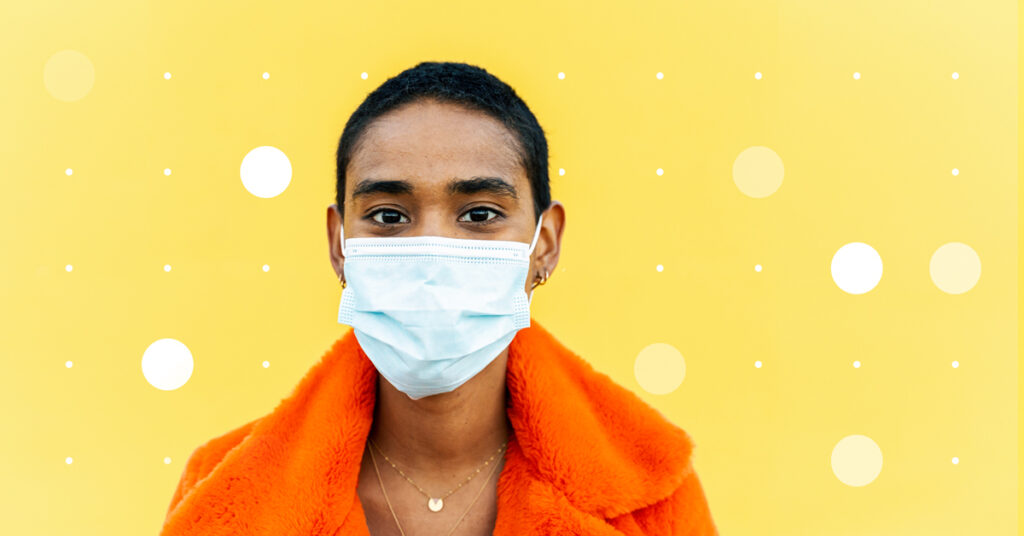News & Articles
From tomatoes to T cells: the year in health tech amazement, genetic and otherwise
Michael Krantz
It’s been quite a year in the world of health tech.
As we count down toward New Year’s and try to imagine 2018, here’s a quick look at the innovation this past year at the intersection of technology and healthcare.
2017 saw the first video game found to help kids with ADHD, and the first mobile app approved by the Food and Drug Administration to fight substance abuse. We saw the first use of artificial intelligence to spur drug development and the first FDA-approved use of machine learning in a clinical setting.
The past year also brought us, among many other such advances, a swallowable balloon that produces significant weight loss, a camera that sees through the human body and medical supplies 3D-printed in space. The first human head transplant was successfully performed on a cadaver, with a live transplant perhaps to follow in time for our Year in Review post for 2018.
And, in what could turn out to be the year’s most important medtech update, an industry group collaborated on a set of principles for safe, responsible medical data-sharing. Want to change the healthcare world? Make it easier for people to find and share their medical information, privately and securely.
And then there’s genomics.
To absolutely no one’s surprise, 2017 also brought more stunning advances in humankind’s knowledge of genetics.
The past year saw the world’s first genomic evidence for female Viking warriors, the first open-source plant seeds, and the first video of a DNA molecule’s replication. Scientists sequenced the reindeer and brought back the American chestnut, a lost sweet tomato flavor, and, perhaps soon, the woolly mammoth.
This year was one of firsts in the use of genomic data to combat disease. One team edited a gene inside a human; another treated leukemia with genetically engineered T-cells from another person; a third gave a child genetically engineered skin. The FDA was busy, approving the first US gene therapy for pediatric leukemia, the first cancer- fighting gene therapy in the US, the first gene therapy for an inherited disease, and the first cancer drug matched to a tumor’s genetics instead of its tissue type.
It was also a year in which geneticists advanced our understanding of the human mind. In 2017, pioneers in this final genomic frontier developed a genetic test for Alzheimer’s risk and timing, launched history’s largest genetic study of depression, linked genetics to happiness, and found seven genes linked to insomnia.
Finally, in 2017 genetic testing at population scale truly came, if not into its own, at least into view, with England’s chief medical officer, Dame Sally Davies, calling for genetic testing to become a routine part of patient care, China advancing plans to sequence one million citizens, and the Earth BioGenome Project disclosing plans to sequence all life on Earth.
That global vision drove our work at Color as well.
In 2017 we made it easier than ever for more people than ever to know the peace of mind that comes from better understanding their own health.
We increased worldwide access to genetic testing, making Color tests available to clients in 150 countries and partnering with employers including SAP, Visa, and GE Appliances to offer company-sponsored, voluntary genetic testing to employees, and at times their families.
We made sure Color stayed part of the ongoing exploration of health technology by meeting with healthcare providers, patients, advocates, and researchers at academic conferences and sharing our research at scientific meetings around the world, while debuting our own Sequenced podcast and our #FutureOfHealth series on LinkedIn.
We launched Color for Research to help advance humankind’s state of genomics knowledge, and added Stanford and University of Chicago as Color For All partners in helping make genetic testing available to everyone, regardless of financial status.
But most important, we expanded our genetic services to include one of the market’s most affordable BRCA tests and a Hereditary High Cholesterol Test that’s helping stop a silent killer. In August we achieved a major milestone when Color began accepting insurance for patients covered by some of the largest insurance companies in the US, collectively representing more than 100 million people.
And this is all just the beginning. We believe the combination of science, genomics, medicine, and software can and will change lives, and save lives. We’re proud of our mission and committed to making this vision a reality for as many people as possible.
We wish everyone a happy, healthy holiday and look forward to learning which discoveries in 2018 make the world a better, and healthier place.



